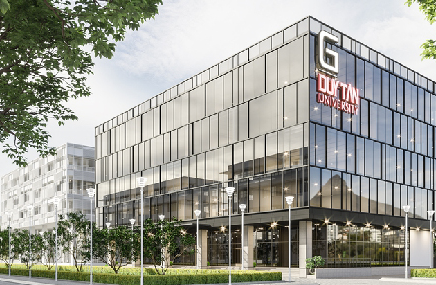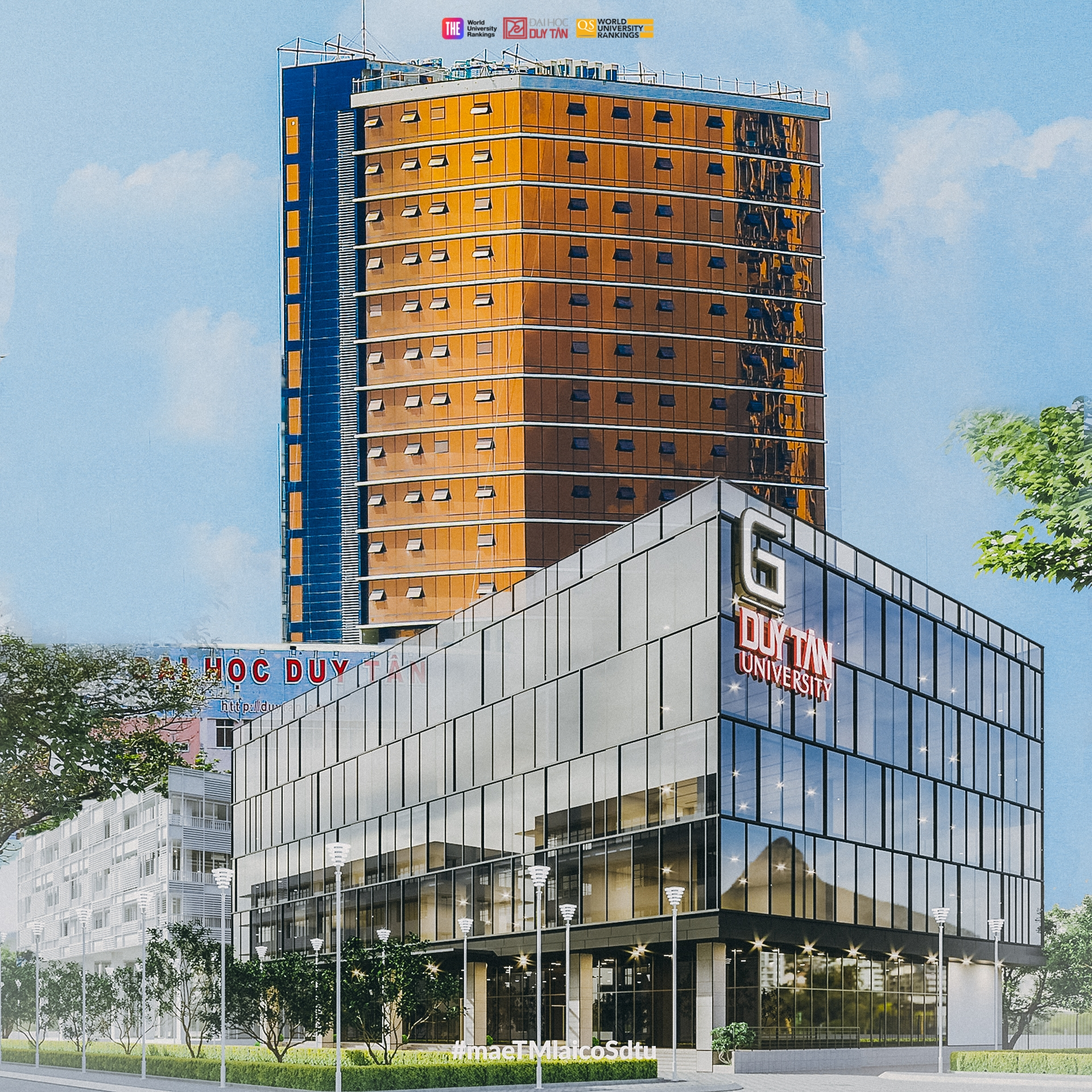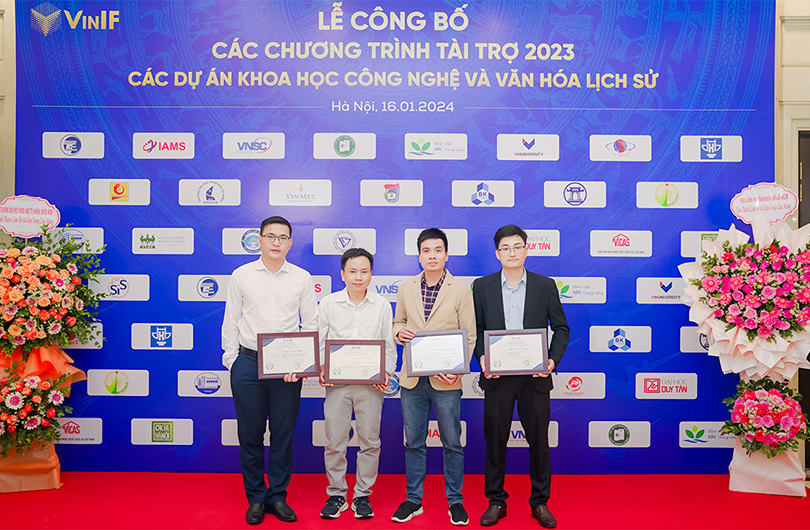Algae-constructed wetland integrated system for wastewater treatment: A review
Integrating algae into constructed wetlands (CWs) enhances wastewater treatment, although the results vary. This review evaluates the role of algae in CWs and the performance of different algae-CW (A-CW) configurations based on literature and meta-analysis. Algae considerably improve N removal, although their impact on other parameters varies. Statistical analysis revealed that 70 % of studies report improved treatment efficiencies with A-CWs, achieving average removal rates of 75 % for chemical oxygen demand (COD), 74 % for total nitrogen and ammonium nitrogen, and 79 % for total phosphorus (TP). This review identifies hydraulic retention times, which average 3.1 days, and their varied impact on treatment efficacy. Mixed-effects models showed a slight increase in COD and TP removal efficiencies of 0.6 % every ten days in the A-CWs. Future research should focus on robust experimental designs, adequate algal storage and separation techniques, and advanced modeling to optimize the treatment potential of algae in CWs.
Tin tức khác:
- Raman response, piezoelectricity, and transport properties of the two-dimensional Janus HfSi𝑋3H (𝑋=N/P/As) semiconductors: A first-principles stud
- Enhanced magnetic ordering, and microwave-shielding and photocatalytic performance in hydrogenated ZnO nanoparticles
- Heterostructural covalent organic framework/polymer composite materials: Recent advances in multidisciplinary applications
- Aminobenzoate-defected UiO-66(Zr)–NH2 frameworks: Scalable synthesis and characterizations for adsorptive denitrogenation from model fuel
- Canonical quantization of the U(1) gauge field in the right Rindler-wedge in the Rindler coordinates






